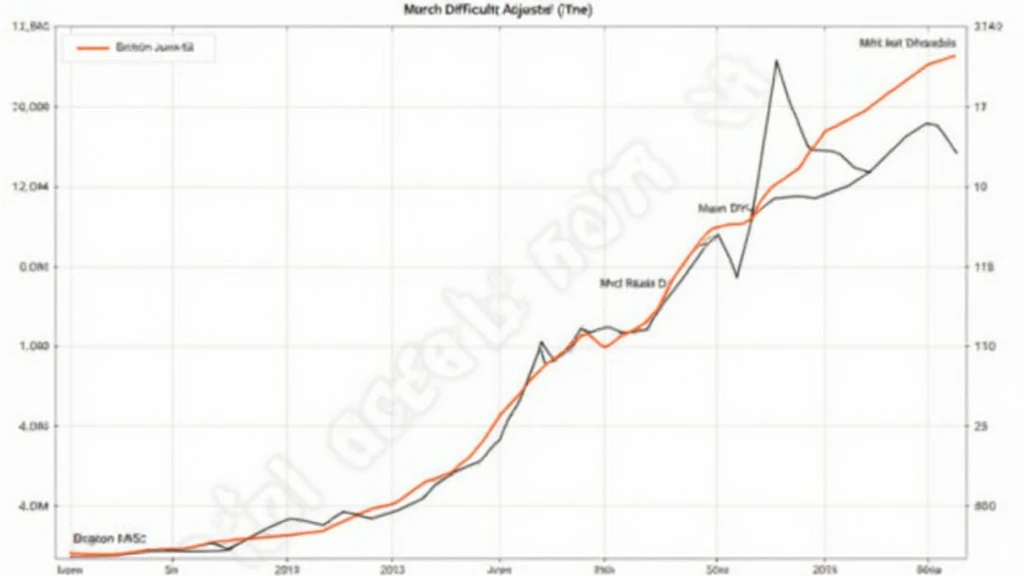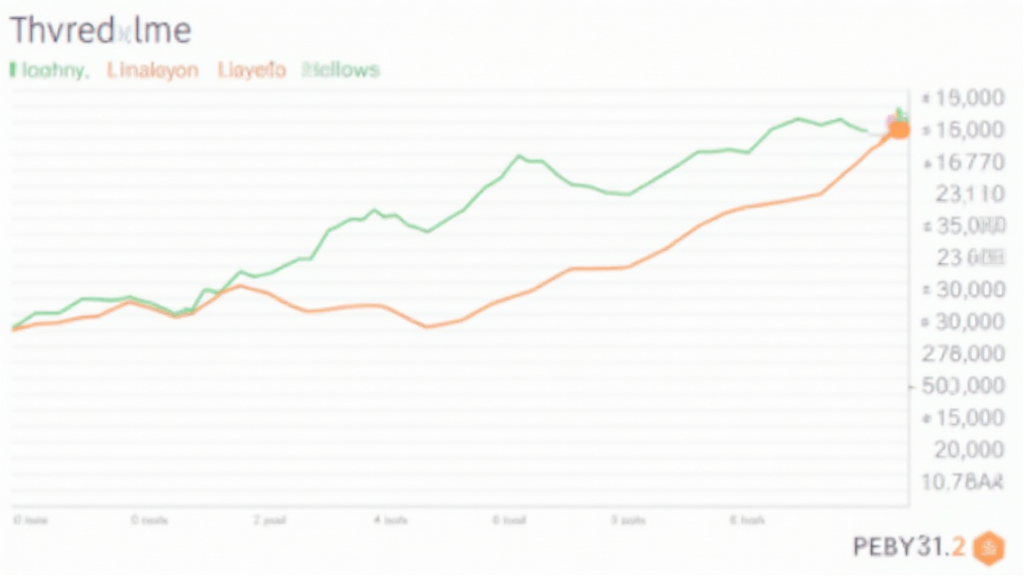Understanding Bitcoin Mining Difficulty Adjustments
With over $4.1 billion lost to hacks in the decentralized finance (DeFi) sector in just a few years, the security and operational dynamics of Bitcoin mining have never been more vital for stakeholders in the cryptocurrency ecosystem. One fundamental concept that plays a pivotal role in Bitcoin mining is mining difficulty adjustments. These adjustments not only ensure the stability of the Bitcoin network but also influence miners’ profitability and the overall health of the cryptocurrency market. In this extensive guide, we will delve into the intricacies of mining difficulty adjustments, their implications, and strategies for miners navigating this evolving landscape.
What is Bitcoin Mining?
At its core, Bitcoin mining is the process by which new Bitcoins are introduced into circulation. Miners validate transactions on the Bitcoin network, using powerful computers to solve complex mathematical problems. Once they successfully solve these problems, they add a block of transactions to the blockchain and are rewarded with newly minted Bitcoins, along with transaction fees.
Why Mining Difficulty Matters
The mining difficulty is a measure of how challenging it is to find a new block in the Bitcoin blockchain. This measure is critical for many reasons:

- Security: High difficulty levels help maintain the security of the network by slowing down the rate at which blocks are mined, reducing the risk of double-spending.
- Market Stability: By adjusting difficulty, the network ensures a consistent block generation time, typically around every ten minutes. Sudden spikes or drops in mining activity can lead to volatility.
- Profit Margins: For miners, difficulty adjustments are directly correlated to profits. Higher difficulty usually means higher operational costs, impacting profitability.
How Does Difficulty Adjustment Work?
The Bitcoin network adjusts the mining difficulty every 2016 blocks, or approximately every two weeks, depending on how quickly blocks have been mined in the previous period. If blocks were mined significantly faster than the 10-minute target, the difficulty increases; conversely, if it took longer, the difficulty decreases. The specific adjustment is calculated using the following formula:
D = Dprevious * (Tprevious / Ttarget)
Where:
- D: New difficulty level.
- Dprevious: Previous difficulty level.
- Tprevious: Actual time taken to mine the previous 2016 blocks.
- Ttarget: Target time for mining 2016 blocks (20160 minutes).
The Impact of Network Hash Rate
The network hash rate, or the total computational power being used to mine and process transactions on the Bitcoin network, plays a crucial role in difficulty adjustments. As the hash rate increases, the difficulty also rises to ensure that new blocks continue to be mined at a stable rate. Conversely, if the hash rate drops, the difficulty will adjust downward, giving miners a better chance to earn rewards during less favorable conditions.
The Importance of Regular Adjustments
Regular adjustments to mining difficulty are crucial for the overall health of the Bitcoin ecosystem. Without these adjustments:
- Block generation times could vary significantly, leading to unstable transaction processing and potential security vulnerabilities.
- Miners may face drastically reduced profits during periods of high competition or low network activity.
- The blockchain could become a target for attacks, as lower difficulty levels would facilitate malicious actors in overwhelming the network.
Real-World Example: Varying Difficulty Levels
In mid-2021, as Bitcoin prices soared, the hash rate also experienced an increase due to more miners entering the market. This surge led to an upward adjustment in mining difficulty, making it significantly harder for miners to earn rewards despite the high price of Bitcoin. Such scenarios emphasize the complex relationship between market conditions, miner behavior, and network operations.
Strategies for Miners
Given the volatile nature of mining difficulty, miners can adopt several strategies to optimize their profitability and efficiency:
- Invest in Advanced Equipment: Utilizing the latest ASIC miners can provide a competitive edge in terms of hashing power and energy efficiency.
- Explore Mining Pools: Joining a mining pool can help distribute the risk and provide more consistent rewards, particularly during periods of high difficulty.
- Monitor Market Trends: Staying informed about Bitcoin prices and hash rate trends can help miners anticipate difficulty adjustments and plan accordingly.
Potential Future Trends
According to Chainalysis, the growth of Bitcoin mining is expected to continue through 2025, potentially increasing competition and further impacting mining difficulty. Additionally, innovations in blockchain technology and mining techniques may change how adjustments are made, providing new avenues for miners to adapt.
The Vietnamese Market Perspective
In Vietnam, the cryptocurrency market is rapidly growing, with a reported 200% increase in users engaging in crypto-related activities between 2020 and 2023. This surge has led to heightened interest in Bitcoin mining, especially as local regulations continue to evolve. Understanding how difficulty adjustments impact miners in Vietnam can help prospective participants navigate the market more effectively.
Local Considerations
With tools like Ledger Nano X reducing hacks by 70%, security is paramount for Vietnamese miners. Additionally, local policies regarding cryptocurrency can influence profitability and operational feasibility, making it crucial for miners to stay updated on regulatory changes. Integrating Vietnamese terms like tiêu chuẩn an ninh blockchain can also bridge the gap between local and international markets.
Conclusion
In conclusion, Bitcoin mining difficulty adjustments are not just a technical aspect of the blockchain; they are crucial for profitability, network stability, and the security of the ecosystem. For both seasoned miners and newcomers, understanding these dynamics is essential in leveraging opportunities in an ever-evolving landscape. As the market grows and technology advances, staying ahead of these adjustments will be key for continued success in the world of Bitcoin mining. If you’re seeking to navigate through the complexities of this space, check our expert insights at allcryptomarketnews.
Author: Dr. Huỳnh Quốc Minh, a blockchain researcher with over 15 published papers in the field and a lead auditor for multiple well-known projects, brings a wealth of experience to the discussion of cryptocurrency mining.





